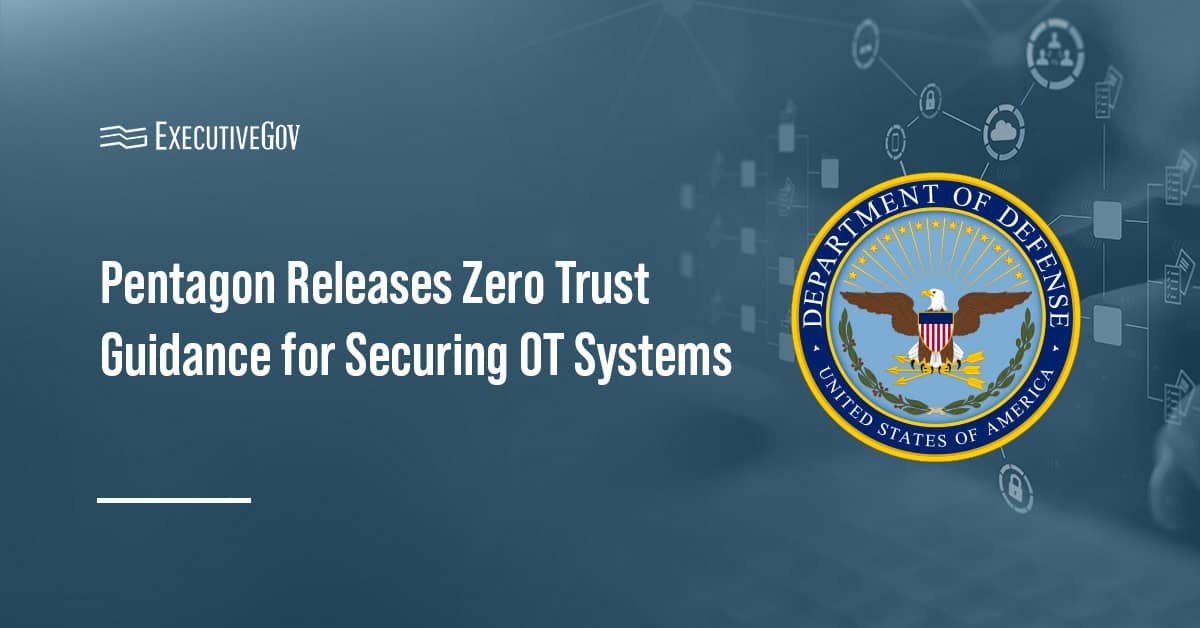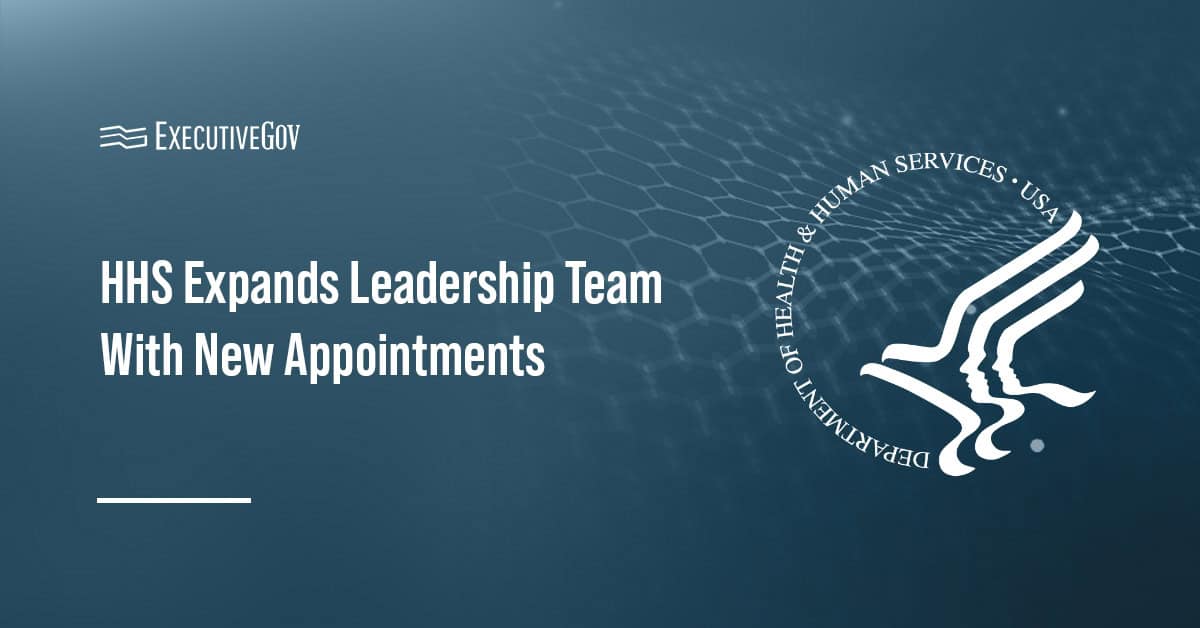
The Department of Energy has appointed Chris Campione as its new chief information officer, replacing Max Everett, who held the position for two years, FedScoop reported Tuesday.
Campione was named principal deputy CIO at DOE earlier this month after spending 10 years at information technology services company Planet Technologies, most recently as vice president within its federal division.Â
His appointment marks his return to the department, having previously served as senior adviser to the deputy secretary of Energy.
Meanwhile, Everett left the top information role to become vice president and CIO of the 2020 Republican National Convention in Charlotte, N.C.





